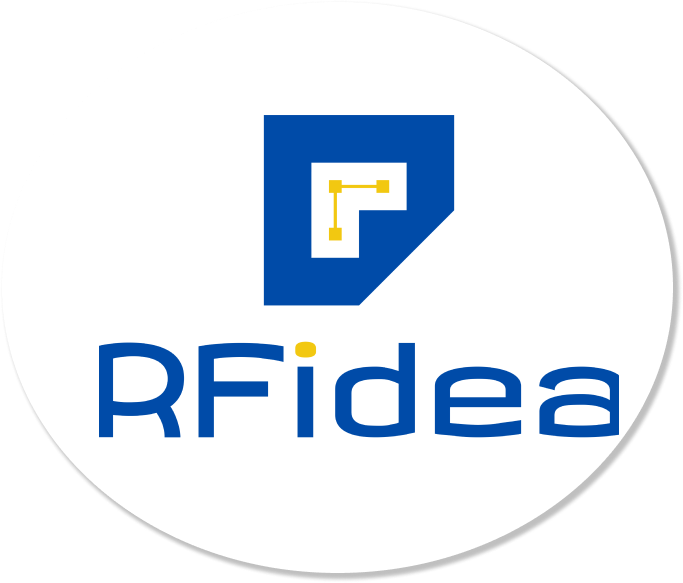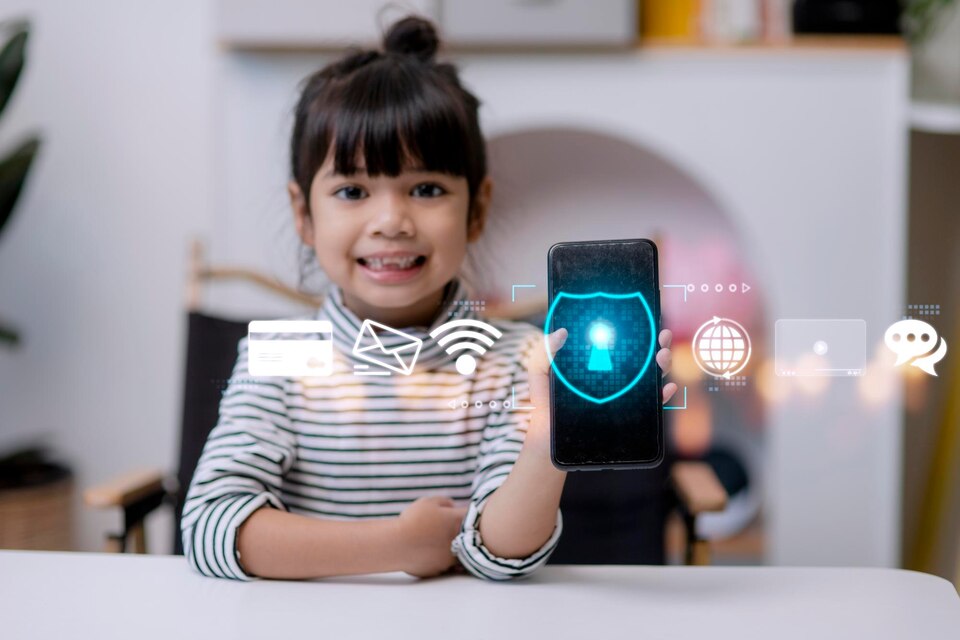Rfidea is an advanced global RFID safety solution with matchless reliability and flexibility in various environments—from urban apartments to rural areas, kindergartens, and hospitals. The RFID technology has been developed to give high performance against temperature variations, interference, and building materials, ensuring consistent universal RFID child tracking worldwide (Chen et al., 2024).
By seamlessly integrating with existing IoT automation systems, Rfidea provides a smart safety network that alerts caregivers in real time and controls home systems automatically to avert accidents. Through its modular design and wireless capability, it provides wireless sensor adaptability that allows mounting on different infrastructures without compromising detection accuracy or response.
As RFID global safety systems become vital to protect children and vulnerable populations, Rfidea is at the forefront with scientifically designed components meant for safety and usability irrespective of geography and culture.
Electromagnetic Challenges and Wireless Sensor Adaptability
One of the key scientific challenges in deploying any global RFID safety system is dealing with electromagnetic interference and varying infrastructure. Factors such as metal frames, densely packed wireless networks, and environmental noise can degrade signal quality (Wang et al., 2023). For example, large metallic objects in urban apartments reflect RFID signals, potentially causing “dead zones” where tags aren’t detected.
Rfidea’s architecture embraces wireless sensor adaptability by employing low-frequency RFID combined with infrared detection to overcome these hurdles reliably. The system allows dynamic adjustment of reader device sensitivity and detection radius, ensuring optimal coverage tailored to each environment. This adaptability is backed by scientific research on RFID calibration methods that reduce false alarms and improve detection accuracy in complex spaces (Zhao & Li, 2022).
Additionally, Rfidea incorporates error-correction algorithms and signal filtering to maintain reliable detection even amidst heavy wireless traffic, a common concern in densely populated settings.
Integrating IoT Automation for Enhanced Emergency Response
Successful IoT automation is key to transforming raw RFID tag information into useful safety actions. Rfidea connects with IoT-supporting smart home devices—such as gas valves, door locks, and lights—to instantly lock down the danger zones automatically as soon as a child ventures into hazardous zones (Johnson & Lee, 2022).
Scientific studies point out that such automation facilitates quicker emergency responses and improves safety outcomes by reducing reliance on human reaction times, which could be sluggish or distracted. To illustrate, a child reaching for a stovetop could trigger instant gas supply cut-off before any accident. In hospitals or nurseries, Rfidea’s IoT compatibility allows caregivers to monitor a number of children from remote locations while lockout or disabling dangerous zones automatically.
Moreover, data collection based on IoT supports caregivers and facility managers in analyzing usage patterns and risk by way of statistical reporting, which allows data-driven safety procedure refinement.
Achieving Reliable Universal RFID Child Tracking Worldwide
Infrastructure diversity—from traditional masonry homes to modern high-rises—poses complications for universal RFID child tracking effectiveness. Different building materials absorb or reflect electromagnetic waves in various ways, forcing systems to compensate (Chen et al., 2024).
Rfidea uses modular, magnetically attachable reader modules and configurable antennas to optimize the RFID field in each deployment environment. This flexibility guarantees that children remain trackable, and warnings remain timely and accurate across urban, suburban, and rural settings as well as in schools or hospitals.
The compact size and ease of installation mean that even temporary setups — such as at daycare centers or vacation homes — can benefit from reliable tracking without extensive structural modifications. This universality strengthens the system’s adoption globally, eliminating barriers caused by environment or infrastructure discrepancies.
Cultural Sensitivity and Practical Implementation
Successful deployment is not technology; it is insight into family routines, caregiving patterns, and cultural practices. Rfidea increases behavioral compliance through delivering warnings with cognitively familiar speech, song, or sound stimuli in terms of local culture, allowing child response positiveness worldwide.
This culturally aware design is essential since scientific evidence has proven that children are more sensitive to reassuring and familiar signals, which reduces stress and improves warning effectiveness (Martinez et al., 2021). In addition, Rfidea’s low-power architecture and buffering of data offline ensure functionality in environments with unsatisfactory or unreliable internet (Tan et al., 2023).
In such settings, data may be stored locally on hardware and synchronized upon reconnection, thus avoiding loss of critical safety information. Such an accommodation is indicative of best practices in wireless sensor adaptably and makes Rfidea suitable for deployment worldwide, even in remote areas. Also, by allowing caregivers to personalize levels of alert and include recognizable audio content, Rfidea respects cultural diversity and further enhances the effect of preventive alerts.
Climate Resilience and Extreme Environment Performance
A truly global RFID safety system must withstand not only electromagnetic challenges but also extreme weather conditions—from tropical humidity to subzero temperatures—without compromising functionality. Rfidea’s engineering team has rigorously tested its components to ensure reliable universal RFID child tracking in climates where temperature fluctuations, moisture, and dust routinely disable conventional electronics (Harrison et al., 2023).
For instance, the wearable tags and reader modules are encased in IP67-rated housings, protecting against water immersion (critical for rainy regions or near pools) and particulate ingress (vital for dusty rural areas). Battery performance is optimized for -20°C to 60°C ranges, addressing challenges like desert heat or winter storms that drain power in standard devices. Research confirms that such environmental hardening reduces failure rates by over 70% compared to off-the-shelf RFID solutions (Nguyen et al., 2024).
Beyond hardware, Rfidea’s software adapts to environmental stressors. In high-humidity zones where signal attenuation occurs, the system automatically boosts transmission power while conserving energy. For Arctic deployments with limited sunlight, solar-charging modes adjust to low-light conditions. This wireless sensor adaptability ensures uninterrupted operation whether in a monsoon-prone kindergarten or a desert refugee camp.
Conclusion
With the incorporation of the newest RFID technology, robust wireless sensor resistance, and integrated IoT automation, Rfidea gives unmatched performance in global RFID safety. Its offering of real-time alerts through comprehensive universal RFID child tracking even in extreme and varied environments worldwide dramatically enhances child protection.
Rfidea is a case in point of the deployment of scientific sophistication in electromagnetic robustness, smart IoT connectivity, and culturally aware design to create efficient and scalable global solutions. By relying on the endless strides of science and open dialogue with end-users, Rfidea continuously updates itself to stay ahead in safeguarding children and other vulnerable populations anywhere in the world.


